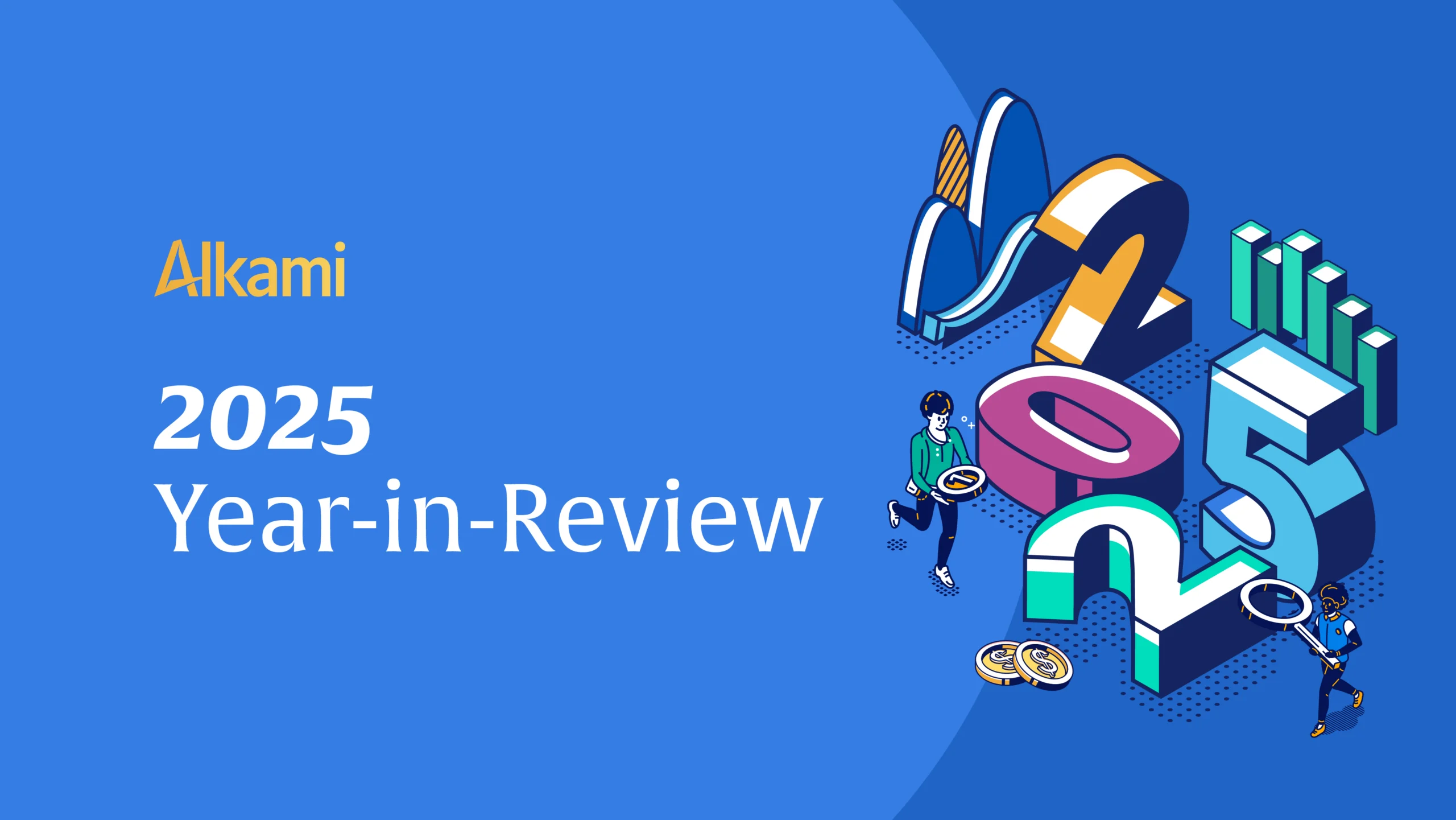Walk into nearly any board room or C-suite these days, and you’re bound to hear someone ask: How do we attract younger customers and members? For banks and credit unions, the inquiry is becoming urgent, and the answer increasingly lies in understanding and adapting to Generation Z (Gen Z).
Born between 1996 and 2012, Gen Z already makes up 21% of the U.S. population—that’s over 70 million people. By 2030, the oldest among them will be in their early 30s, comprising 30% of the workforce and commanding an estimated $12 trillion in spending power. In short: if your institution doesn’t have a Gen Z strategy, it’s already behind.
And there’s another reason Gen Z matters: demographics at the other end of the age spectrum. By 2030, a growing percentage of the population in many U.S. counties will be over 65—retirees with diminishing borrowing needs. These older generations will soon initiate the largest wealth transfer in American history. Failing to engage Gen Z doesn’t just risk missed opportunities—it means declining deposits, lost market share, and a diminished role in your community’s financial future.
But engaging Gen Z isn’t just about offering a flashy mobile app or marketing on TikTok. This generation is digital-first, not digital-only. They grew up banking through screens and apps—but they still value human connection, especially when making big decisions. This generation has also demonstrated a preference for transparency, stability, and personalized experiences that reflect who they are: diverse, deeply value driven and lacking confidence in their relationship to money.
Before I go on, please remember that while we often talk about generational cohorts as if everyone in them thinks and acts the same, no group is truly monolithic—despite having definable birth years. People within the same generation, including Gen Z, can vary widely by geography, income, education, culture, and more. Moreover, the youngest of Gen Z is just entering their teen years, while the oldest is nearly 30 years old. That said, behavioral research can still reveal patterns—shared tendencies or values—that help bankers shape smarter targeting strategies. So, here are things to know today:
Gen Z’s Money Mindset
Over half of Gen Z reports that money is their top stressor—and yet many are saving a greater percentage of their income than any other generation. A significant portion already saves up to 20% of their income when they can, and many have started retirement planning with a goal of retiring by 60. But, unlike their parents or grandparents, this behavior isn’t about wealth accumulation – it is about achieving financial stability and wellbeing. For Gen Z, saving isn’t about getting rich—it’s about achieving peace of mind. They want stability, not status. Research reveals that younger generations are redefining financial success and want to treat money matters with the same importance as mental and physical health.
The assumption that Gen Z is financially irresponsible or disinterested couldn’t be further from the truth. In fact, they do their research. They look to see if you can meet their digital expectations, and they are especially wary of high overdraft or minimum balance fees. And like many consumers, they often evaluate financial institutions based on their overall retail experiences. What they’re lacking isn’t information and intent—it’s trust and tools.
This generation has the lowest level of trust in financial institutions of any age group. They often see banks as impersonal, profit-driven, and misaligned with their values. That’s a challenge—but also a massive opportunity. Banks and credit unions have an edge here. Their reputation for accessibility, mission-alignment, and service can resonate—if they’re paired with modern tools and intentional education.
Beyond Financial Literacy Month: Make Education a Year-Round Strategy
If your institution is serious about building stronger connections with Gen Z, April is the perfect month to do something about it. Every April, banks and credit unions join in the national effort to raise public awareness about the importance of financial literacy. But it is important to remember that every generation has distinct financial literacy needs, shaped by a variety of factors, including the economic conditions they grew up in.
The youngest Gen Z may need a deeper grasp of credit and student loans. Older members of this generation may need help with budgeting tools that sync with gig work or irregular income. Some may want to know more about digital assets and cryptocurrency. The thing to remember is they want understanding – not just the steps to take, but the “why” behind them. They are already using artificial intelligence (AI) tools like ChatGPT, and they want to figure things out earlier than previous generations.
To truly deepen relationships with Gen Z, institutions should focus on interactive, personalized, and tech-enabled financial education. Think beyond brochures and blog posts and into embedded experiences:
- Offer bite-sized content inside your mobile banking app—short videos, interactive quizzes, or goal-based tips.
- Host live Q&As on social media or Twitch with personal bankers or financial advisors.
- Integrate AI-powered budgeting tools or savings nudges that respond to individual spending behaviors.
- Partner with local high schools, colleges, or community organizations to teach real-world financial skills.
In short: make financial literacy feel like empowerment.
Values Matter—and So Does Authenticity
For Gen Z, values alignment isn’t a bonus—it’s expected. Being the most racially and ethnically diverse generation, Gen Z values inclusivity and is more likely to support brands that mirror these principles. Social justice, environmental sustainability, and inclusivity shape not only how they spend their money, but who they spend it with. They want to see evidence, not slogans.
Highlighting local investments in your community, showcasing diverse leadership, and being transparent about fees, policies, and impact can go a long way. But it has to be genuine and authentic. Gen Z can spot performative branding a mile away. Once again, they can have a slightly different perspective on the meaning of authenticity. Many Gen Z might see it as vulnerability and the willingness to show imperfections, while many Baby Boomers may connect it more with expertise, consistency, and tradition. For Gen Z, there is a deeper emotional component to their view on many things, not just authenticity. So, it is critical to routinely check your understanding of Gen Z behaviors as you craft your targeted marketing messages.
So, What Can You Do—Right Now?
If you’re a banker or credit union leader, here are five things you can do:
- Audit your digital experience. Is it mobile-first? Fast? Intuitive? Friction turns Gen Z away fast. Make a plan to address the gaps, and make it a priority.
- Create advisory boards or listening sessions with Gen Z consumers and employees.
- Launch or refresh financial education tools—with input from Gen Zers themselves. Recalibrate your strategies from something passive and generic to something interactive, values-driven, and personalized.
- Meet them where they are – not where you want them to be. Use platforms they already trust and collaborate with local influencers, creators, or student leaders.
- Invest in social responsibility initiatives that matter to younger consumers.
Gen Z isn’t the future—they’re the now. And the institutions that earn their trust today will lead the way tomorrow. Teach them how to bank—and show them banking can make their lives better.










